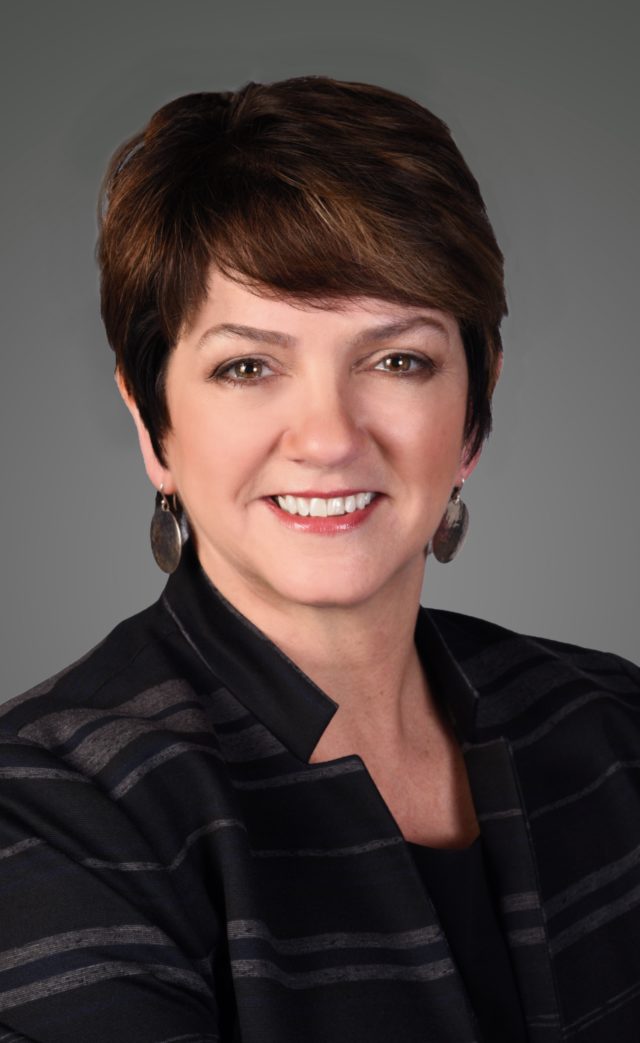 By Phuong D. Nguyen and Beth Anne Jackson, Brown & Fortunato, P.C.
By Phuong D. Nguyen and Beth Anne Jackson, Brown & Fortunato, P.C.
Hot on the heels of approving new CPT codes for remote physiologic monitoring (RPM), the Centers for Medicare & Medicaid Services (CMS) approved new CPT Codes for remote therapeutic monitoring (RTM), effective January 1, 2022. The new RTM codes are related to monitoring respiratory system status, musculoskeletal system status, therapy adherence, therapy response (CPT codes 98976 and 98977). Similar to RPM codes, RTM codes provide payment of initial set-up and patient education (CPT code 98975) as well as treatment management services provided by a physician or other qualified health care professional (CPT codes 98980 and 98991).
The purpose of the RPM and RTM codes is to allow practitioners to be reimbursed for remotely monitoring patients. Patients who have chronic or acute conditions are eligible for the services. Also, the patient’s consent for the services must be obtained. The RTM set-up code (CPT code 98975) may be billed once per episode of care. The device codes may be billed once per 30 days. The treatment management service code may be billed once per calendar month, using CPT code 98980 for the first 20 minutes and CPT code 98991 for each additional 20 minutes. While RTM services and code structure are similar to those for RPM, there are key 

Both RPM and RTM services use a medical device to collect and transmit data back to the practitioner for review and analysis. The device must meet the definition of a medical device, as defined by the Food & Drug Administration (FDA) and described in section 201(h) of the Federal Food, Drug, and Cosmetic Act. However, FDA clearance is not required for the device to be used in RPM or RTM services. The medical device for RPM services must collect physiologic data and automatically transmit the data back to the practitioner. Examples of physiologic data include ECG, blood pressure, pulse oximetry, and glucose monitoring. The medical device for RTM services, on the other hand, is intended to monitor health conditions, including musculoskeletal system status, respiratory system status, therapy adherence, and therapy response. An example of therapy adherence and response would be data regarding a patient’s medication adherence and response to medication. The RTM device needs to collect non-physiologic data and can either be patient-reported or digitally uploaded. For example, a practitioner might furnish a device to a patient that records the time, date, frequency, and dosage of a medication taken by the patient to assess the patient’s adherence and response to therapy.
Another key difference is which practitioners may bill for the services. RPM services are classified as evaluation and management services and may only be billed by physicians and non-physician practitioners, such as nurse practitioners. When the RPM service is not directly performed by the physician or non-physician practitioner, it may be performed by clinical staff under the general supervision of the physician or non-physician practitioner. RTM services may be billed by therapists in addition to physicians and non-physician practitioners. CMS stated in comments in the Federal Register that the primary billers of RTM codes are projected to be physiatrists, nurse practitioners, and physical therapists.
Warning: Undefined variable $posClass in /home1/mjhnewsc/public_html/wp-content/plugins/ap-plugin-scripteo/lib/functions.php on line 1078
Unlike RPM services, when the RTM service is not directly performed by the physician, non-physician practitioner, or therapist, it may be performed under direct supervision. “Direct supervision” means that the supervising practitioner must be present in the office suite and immediately available to furnish assistance and direction throughout the performance of the service. Until the end of the Public Health Emergency, direct supervision includes the virtual presence of the physician through audio/video real-time communications.
In its regulatory comments, CMS expressed doubt that there were “incident to” benefits for therapists, such as physical therapists, occupational therapists, and speech-language pathologists. CMS also indicated that clinical social workers, registered dieticians, nutrition professionals, and certified nurse anesthetists all had Medicare benefits that did not include incident to services. CMS concluded that, for RTM services, where the practitioner’s Medicare benefit does not include services furnished incident to their professional services, the items and services described by RTM codes must be furnished directly by the billing practitioner or, in the case of a physical therapist or occupational therapist, by a therapy assistant under the physical therapist’s or occupational therapist’s supervision. Note that if a therapy assistant provides more than 10% of the service, Medicare payment is reduced to 85% of the applicable payment.
Warning: Undefined variable $posClass in /home1/mjhnewsc/public_html/wp-content/plugins/ap-plugin-scripteo/lib/functions.php on line 1078
In summary, RPM and the new RTM codes allow practitioners to be reimbursed for remotely monitoring patients. To bill these codes in a compliant manner, practitioners must ensure that: they have secured the consent of patients who meet the eligibility criteria; eligible personnel are providing the services; appropriate supervision is provided; time spent on services is accurately documented, and minute parameters are met for billing, and data is being accessed and used in the patient’s care.
Warning: Undefined variable $posClass in /home1/mjhnewsc/public_html/wp-content/plugins/ap-plugin-scripteo/lib/functions.php on line 1078


